This was a momentous week in 1854, for on 29th June of that year, in the parish of Haworth at 8 in the morning (the earliest time a wedding could legally be celebrated) the daughter of the long serving curate married the assistant curate. In other words, Charlotte Brontë married Arthur Bell Nicholls. In today’s new post we’ll look at someone who was central to the Brontë marriage, and who is also connected to a very popular television drama of the moment: Sutcliffe Sowden.
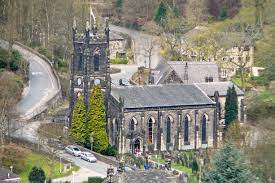
By 1854 Reverend Sutcliffe Sowden was vicar of St. James’ church, Hebden Bridge. More importantly for his future role in the Brontë story, he was also by that time the best friend of Arthur Bell Nicholls. When Arthur left Haworth in 1853, after the abject failure of his proposal to Charlotte in 1852, it was Sutcliffe Sowden who stood by his side and it was he who persuaded Arthur not to give up on his dream of marrying Charlotte, and not to seek a new life as a missionary in Australia. Such was Arthur’s gratitude that he asked Sowden to conduct his wedding ceremony on this week 168 years ago, and thanks to local scholar James Robinson (whom Arthur was training to be a Sunday School teacher) we have this eye witness description of the wedding and Sutcliffe Sowden’s presence there:
‘They were married during my apprenticeship. It was not known in the neighbourhood that the marriage was coming off, and to my surprise, when going past the end of ‘Church Fields’ to my lessons one morning, old John Brown, the sexton, was waiting for me, and said: ‘We want tha to go to t’top of t’ ‘ill to watch for three parsons coming from t’other hill, coming from Oxenhope. Charlotte and Mr. Nicholls are going to be married, and when tha sees Mr. Nicholls, Mr. Grant, and Mr. Sowden coming at t’ far hill, tha must get back to t’ Parsonage, so’s Charlotte and Ellen Nussey can get their things on to go down to t’ church.’
I returned with the message, and then was told to get the parish clerk. I found him just beginning to light his kitchen fire, and I had to rush him off, as I knew they would be at the church doors by the time we should get there. He seemed hard of belief. I said, ‘Come on, there’s no time to waste.’
On the way he said, ‘I must stop to lace my boots.’ He did so, and just as the clock was going to strike eight, the three clergymen walked into what they called the front door of the old church and Miss Brontë and Miss Nussey walked together in at the back door.
As far as I remember, the only persons present at the ceremony were those I have named [there was also Margaret Wooler of course]. Directly the ceremony was over, and the interested parties had gone to the parsonage, a carriage and pair drove up from Keighley. There was no station at Haworth then. I remember there was a bay horse and a grey one, and in a few moments Miss Brontë and Mr. Nicholls, now married, were away on their honeymoon.’
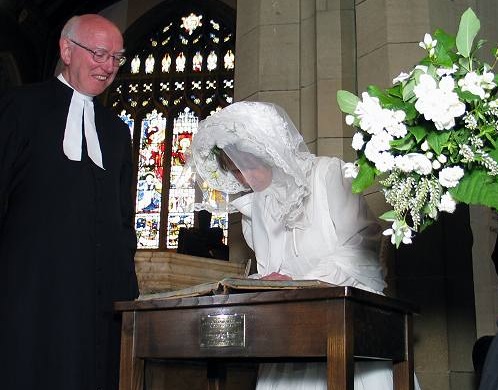
The marriage register in Haworth Church still holds the record of this very day, and on it we see Reverend Sowden as the officiating minister. We know from letters of this time that Charlotte came to hold Arthur’s best friend in great esteem, and that he visited Haworth Parsonage on more than one occasion. On 9th August 1854, Charlotte Brontë Nicholls (as she now styled herself) wrote to Ellen Nussey:
‘I really like Mr. Sowden very well. He asked after you. Mr. Nicholls told him we expected you would be coming to stay with us in the course of 3 or 4 weeks – and that he should then invite him over again as he wished us to take sundry rather long walks – and as he should have his wife to look after – and she was trouble enough – it would be quite necessary to have a guardian for the other lady. Mr. S seemed perfectly acquiescent.’
This little paragraph is a clue to a plan that Charlotte and Arthur had seemingly hatched together – they were now happily married, so why shouldn’t their best friends be? They hoped that Sutcliffe and Ellen might marry each other, but it never came to pass and neither of them ever wed.
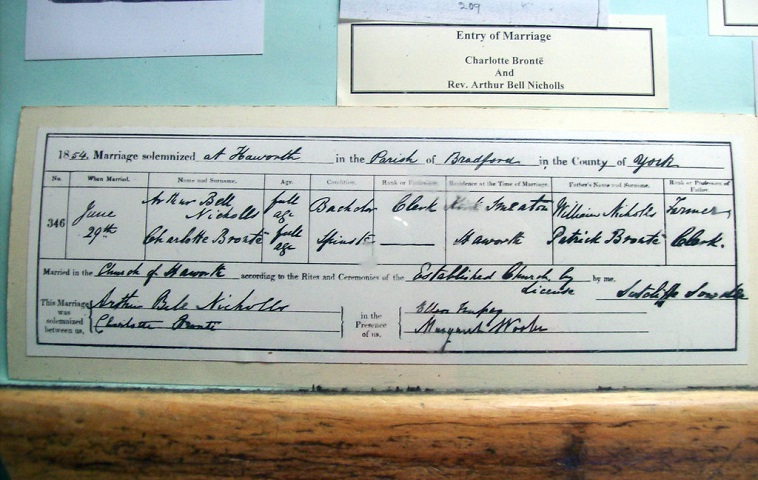
On 7th November 1854 we get another glimpse of Sutcliffe, thanks to another letter from Charlotte to Ellen:
‘Mr. Sowden and his brother were here yesterday – stayed all night and are but just gone. George Sowden is six or seven years the junior of Sutcliffe Sowden (the one you have seen) he looks very delicate and quiet – a good sincere man – I should think – ’Mr. S asked after ‘‘Miss Nussey.’’’
So we know that Charlotte thought well of Sutcliffe Sowden, but what did he think of Charlotte? The admiration was mutual, and it was Sutcliffe who gave us the famous description of Charlotte Brontë on her wedding day as looking like: ‘a snowdrop, a pale wintry flower’.
Alas, as so often in the Brontë story tragedy seemed to shadow all connected with it. The wedding ceremony of Charlotte Brontë and Arthur Bell Nicholls wasn’t the only ceremony he was asked to perform for the family. Less than a year after the wedding he was back in the same Haworth church, but this time he was officiating over the funeral service for Charlotte Brontë Nicholls. In June 1861, he was called upon once more – this time he was the officiating curate at the funeral of Patrick Brontë.
His service to the Brontë family over, it was now time for tragedy to strike for Sutcliffe Sowden himself. It had been noted that Sowden suffered from fainting fits from time to time, possibly he had epilepsy. On 8th August 1861, less than two months after presiding over Patrick Brontë’s funeral, Sutcliffe Sowden fell into a canal on a foggy night and drowned. He was 45 years old.
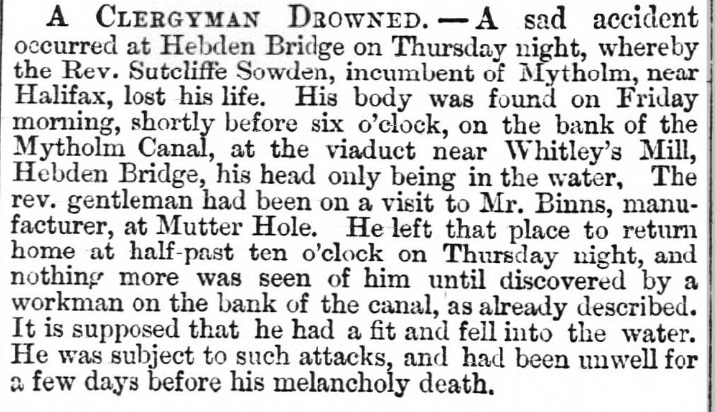
The Sowden association with Hebden Bridge was not over, however, for his younger brother George, mentioned by Charlotte in her earlier letter, took over the curacy of the parish, and served as its vicar until the 1890s. George too recollected Charlotte Brontë and remembered her as, ‘a thoroughly ladylike woman, and very self-possessed. I could imagine her somewhat reserved with strangers, though with us she was not so in the slightest degree. There was not a word of high-flown conversation. In fact, all was so simple. She showed me beautifully-illustrated volumes of French fables (La Fontaine’s) which she was evidently proud of, as the gift to her by W. M. Thackeray, whom she looked up to with veneration, and regarded as the regenerator of society. She was then as simple as the house she lived in, with its homely arrangements.’
The surname of Sowden was a clue to the origins of this family, as the two Church of England vicars came from a far from ecclesiastical background. In fact the family had long been pig farmers, and Sutcliffe’s father Samuel Sowden was in charge of Sutcliffe Wood Farm near Halifax. They were tenants of the farm, not owners, for it was the property of the estate of the nearby grand Shibden Hall: at that time under the control of a certain Miss Anne Lister.
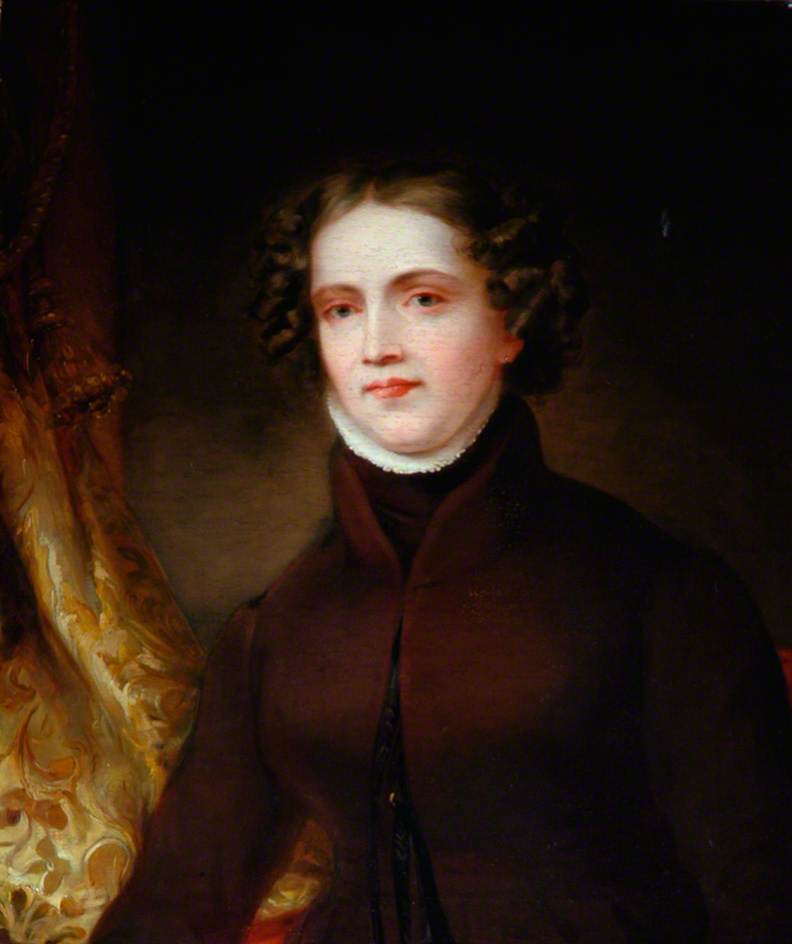
If you’re a fan of the highly entertaining BBC drama Gentleman Jack, alarm bells may now be ringing. One of the sub-plots involves the farming Sowden family – and the fate of bullying Sam Sowden was to be killed and fed to the pigs by his own son Thomas Sowden. In real life these characters were the father and eldest brother of Sutcliffe, the man who conducted Charlotte Brontë’s wedding!
It’s safe to say then that the writers of this excellent series have used a little artistic license in their portrayal of the Sowden family. Far from living the lives of poverty and violence shown in the drama, they were relatively prosperous farmers who ensured their sons received an excellent education. Nevertheless it’s another link between the Brontës and the endlessly fascinating Anne Lister.
Perhaps the most fitting tribute for Reverend Sutcliffe Sowden came from his best friend Arthur Bell Nicholls. Sutcliffe had officiated at Arthur’s wedding and at the funeral of his beloved wife Charlotte. In 1861, in one of his last acts as a Church of England curate, Arthur officiated at the funeral of Sutcliffe Sowden. He also wrote his obituary for the Halifax Guardian, and in a letter before the funeral service Arthur wrote of the strain he would face:
‘It will be hard work for me to read the Service over one, whose intimate friendship I have enjoyed for many years, & whom I have looked upon more as a relation than a friend.’
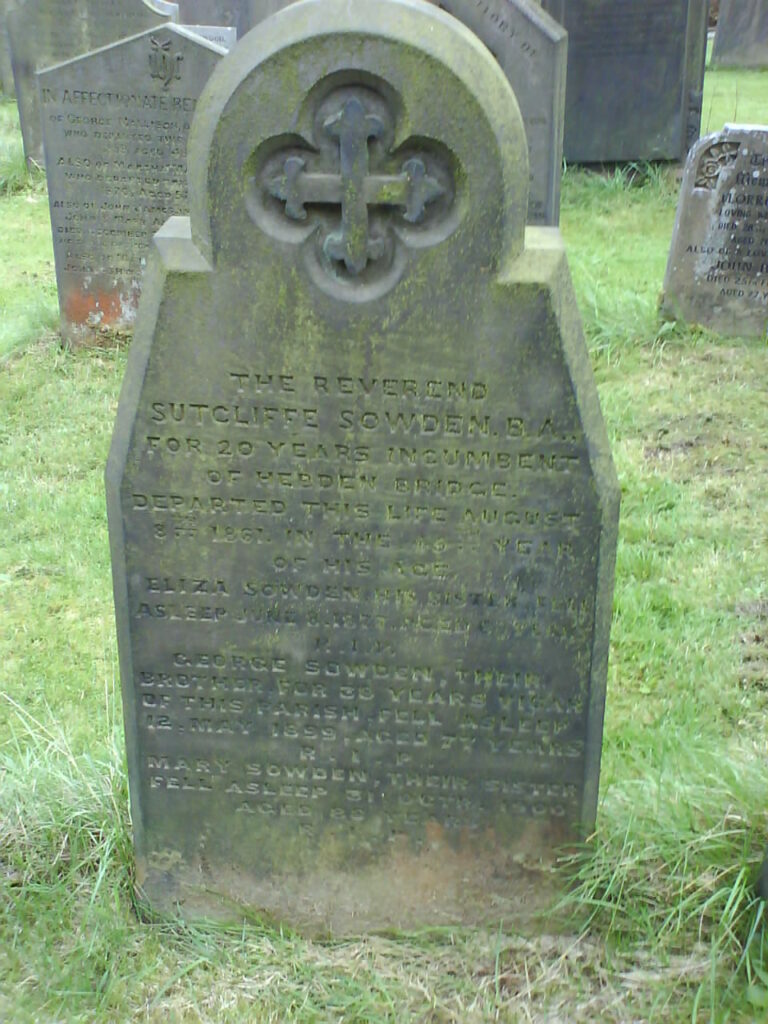
Have a wonderful day, and I hope to see you again next Sunday for another new Brontë blog post.
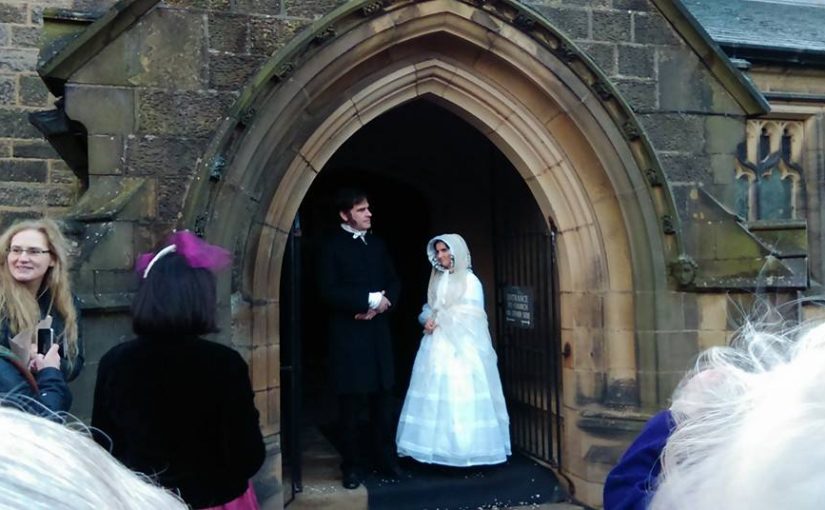
Always interesting, I love to read this every week.
Thank you very much Amanda!
another most interesting account so just to say thank you again
Is there any link between the Halifax Sowdens and the Haworth Sowdens?